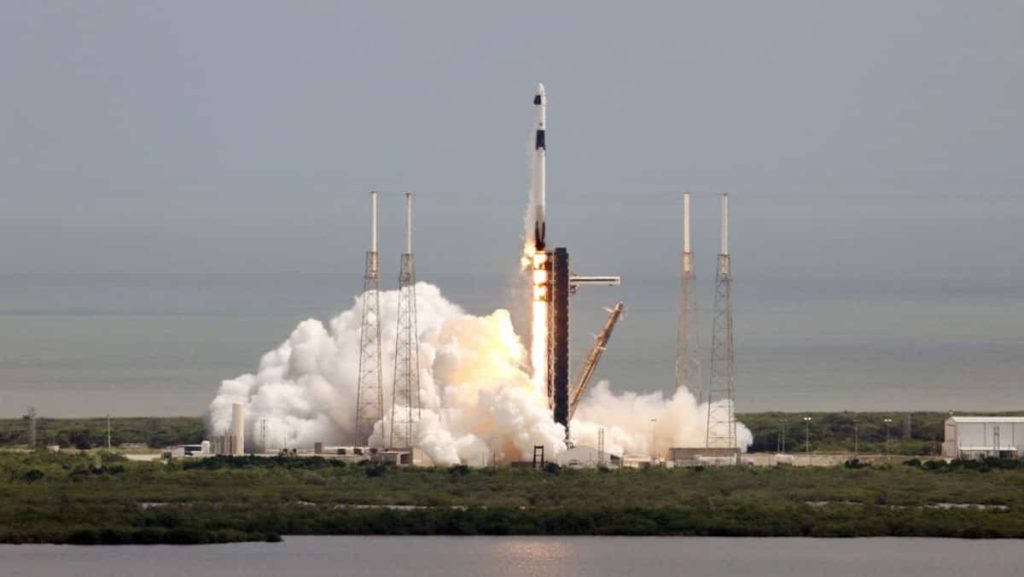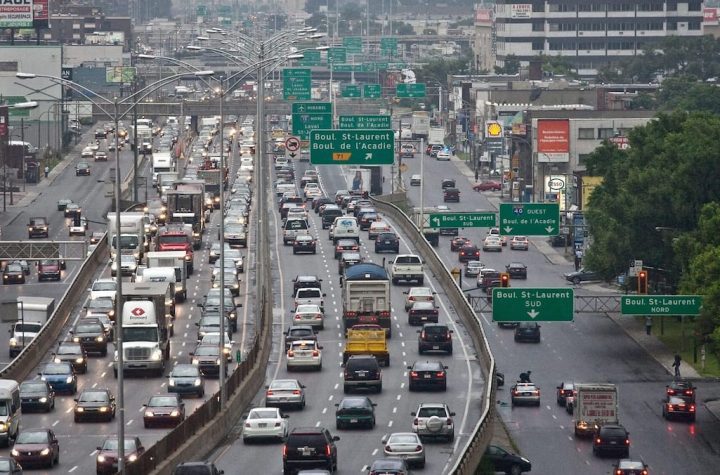
SpaceX will try a new and spectacular maneuver on Sunday: testing the first stage of its Starship megarocket using enormous mechanical weapons, during a new test flight that marks a decisive step toward the reuse of this massive launcher.
• Also Read: Musk said he was “all in” for Trump a month before the US presidential election
The rocket's two stages – the world's largest and most powerful – must be retrieved at the end of its development and reused after each flight. A strategy aimed at launching more machines more quickly and with much less money.
Billionaire Elon Musk's company aims to use a starship to colonize Mars. NASA also closely monitors the development of the spacecraft, which it is counting on to return its astronauts to the lunar surface.
The take-off of this 5th Starship test flight is scheduled from 7 am local time (12 pm GMT) from the company's Starbase space base south of Texas, United States.
The rocket consists of a super-heavy first stage and a starship on top, which by extension gives the entire launcher its name.
Only the Super Heavy is about 70 meters long (the full rocket is 120).
During each flight, the Super Heavy detaches from the ship after propelling it using its 33 powerful engines. Until now, it was going to end its journey at sea, but this time SpaceX will try to bring it back to its launch pad, seven minutes after takeoff.
Once braked, mechanical weapons nicknamed “rods” mounted on the launch tower must close in on it and stabilize it before it hits the ground.
“SpaceX engineers spent years on the capture effort,” the company wrote. “Tens of thousands of hours” were spent by technicians “establishing the necessary infrastructure to increase our chances of success.”
Risky Maneuver
“Thousands” of conditions must be met to perform this risky maneuver, SpaceX warned. If they don't meet, the superheavy will follow a trajectory that could lead to a landfall in the Gulf of Mexico.
In turn, the starship continues its flight until it lands in the Indian Ocean. It landed smoothly in this sea for the first time in a test flight four months ago.
Live images from the ship's cameras showed a layer of orange plasma coming back from space due to a collision with the atmosphere. Pieces broke under pressure.
Since then, SpaceX said it has performed a “complete overhaul of the ship's heat shield” by installing a “new generation” of tiles.
Controversies
SpaceX is aggressively managing Starship development by launching prototypes without cargo to quickly correct problems encountered in real flight conditions.
In recent weeks, the company has publicly complained about the slowness of the American aviation regulator (FAA), which is responsible for flight authorizations.
“Completing the administrative formalities required to obtain a license to launch a rocket takes more time than designing and building the equipment,” the company lamented in a rare and lengthy press release in September.
Elon Musk, who has drifted to the right over the years and is backing Donald Trump in the Nov. 5 presidential election, has called for the FAA chief to resign.
SpaceX is also fighting accusations of environmental pollution, particularly because each starship is connected to a stream of water that is poured out when the engines fire during launch, to reduce sound waves and limit vibrations.
The system was added after the first test flight in April 2023, which destroyed part of the launch pad under the force of takeoff, leaving a cloud of debris and dust.
Many environmental groups have condemned the damage caused by SpaceX's operations to animal species, with the space base being installed next to a protected reserve.





More Stories
Russia imposes fines on Google that exceed company value
Historic decline in travel in Greater Montreal
Punches on the “Make America Great Again” cap: Two passengers kicked off the plane